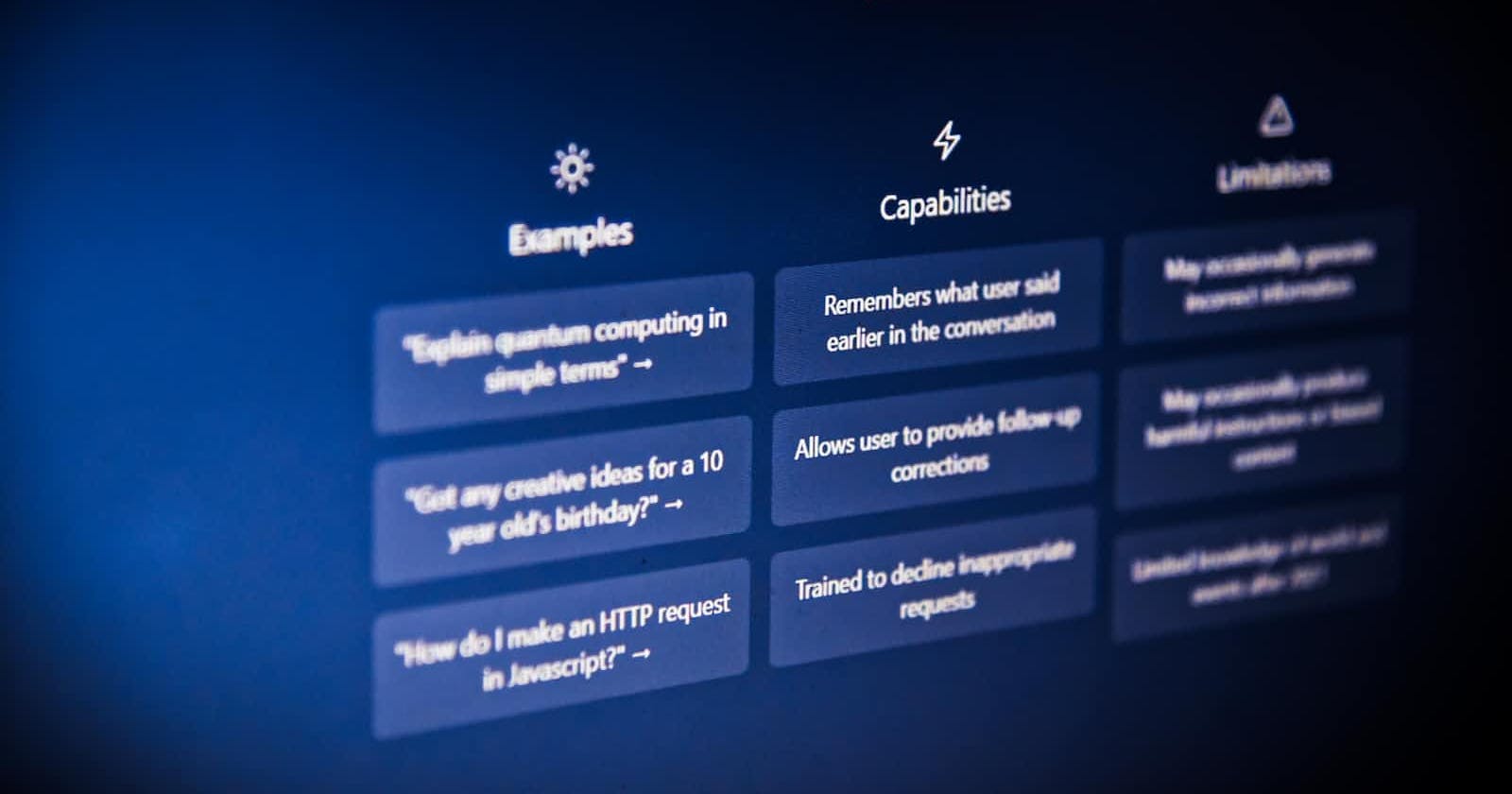Prompt engineering is used for developing and optimizing prompts to efficiently use Language models(LMs) and Large Language models(LLMs). Developers use prompt engineering to design robust and effective prompting techniques that interface with LLms and other tools.
Let's discuss various tips for designing prompts that provide us the desired output.
Start Simple
Designing prompts is an iterative process that requires a lot of experimentation to get optimal results.
Initially start with the simple prompts and keep adding more elements and context to get the optimal results.
If you have a huge task, then try breaking it into different subtasks and keep building your prompts as you go.
Instruction
Use commands to instruct the model on what you want to achieve such as
Write
Classify
Summarize
Translate
Order
Try different instructions with different keywords, contexts, and data to see which works best for your use case and task.
The more specific and context is to the tasks you are trying to perform, the optimal the result will be.
Specificity
The more descriptive and detailed the prompt is, the better the results will be. This is particularly important when you have a desired outcome or style of generation you are seeking.
It is important to have a good format and descriptive prompt. Providing examples in the prompt increases your chance of getting the desired output.
Don't clutter the prompt with unnecessary information, the details should be relevant and contribute to the task at hand.
Avoid Impreciseness
It's easy to fall into the trap of wanting to be too clever about prompts. It is important to be direct and specific to get what you want, but that shouldn't stop you from exploring. The more you experiment with it, the more you get hold of it.
Do's and Don't
While designing prompts avoid things that you don't want. Just direct the model to what you want. This encourages more specificity and focuses on the details that lead to good responses from the model.
Conclusion
These are the various Tips to enhance our prompts to achieve our output. And you can't able to write a perfect prompt from the beginning itself. It's an iterative process, keep exploring and experimenting with your prompt and you'll eventually become good at it.
Thanks for reading :)


